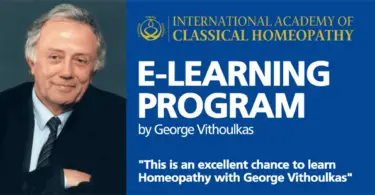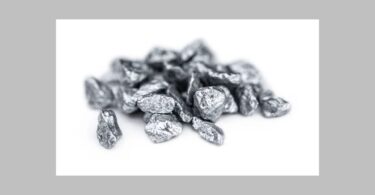It is only in our very recent history that the significance of the gestational period of growth has played such an important role in understanding the source of language (and other developmental) delays in infants. This set me thinking, especially in cases where ‘lack of reaction’ had shown itself to well indicated remedies in such cases in the child.
It then gradually became apparent to me that the ‘elephant in the room’ was the formation of the seat of language in the brain during gestation – the Broca’s area – which reaches its full development by the fifth month of the pregnancy (1). This area presents two divisions – one is used in the language process and the other contributes to general cognitive functions, both sub-divisions communicating with each other.
In this post-Covid era when women enter pregnancy with so many extra stresses and unknowns, it is no surprise that pregnancy has become laced with many converging toxic influences so often hidden from view. In this light, I set out to read through the pregnancy section of the repertory to determine the type of psychic symptoms which are incubated there (2).
This could then enable me to address the presenting symptoms by targeting their origin in the crucial time of the mother’s pregnancy and giving that specific remedy to the child. What emerged was very enlightening. What is considered a ‘small’ remedy and one that may most likely be associated with ailments of old age is Nux Moschata.
This is a startlingly interesting remedy for early developmental disorders such as delayed speech, especially when one considers the outstanding number of relevant rubrics which came up. They include:
‘confusion, pregnancy, during’ (only remedy),
‘dream, as if in a’ (black type),
‘senses, dullness of’ (black type),
‘speech, incoherent’,
‘thoughts, vanishing of, speaking while’, (black type).
Where it overlaps with Natrum Muriaticum – another significant remedy to consider here, one finds the rubrics:
‘absent minded’ (black type),
‘absorbed, buried in thought’ (black type),
‘abstraction of mind’ (black type),
‘concentration difficult’ (black type), (Natrum Muriaticum is in italics in this and the above 3 rubrics),
‘hysteria’ (black type in both remedies),
imbecility’ (black type),
‘memory weakness’ (black type), (Natrum Muriaticum is in italics in this and the rubric above),
‘talk, slow learning to’, (Natrum Muriaticum is in black type and Nux Moschata in plain type here),
‘torpor’ (black type in both remedies).
In Natrum Muriaticum, there is much more of haunting and tormenting thoughts which manifest. Post-natal depression is much more likely to occur in the latter remedy and it is well known that communication can easily be lost with the amount of unresolved grief the sufferer is carrying.
The clinching symptom in Natrum Muriaticum is the absence of affection for anybody during pregnancy. This is a known symptom of Sepia but less so in the case of this remedy.
Studies show that the acquisition of language should be manifest by the age of two, so the sooner the treatment starts after that age the better. Of course, it should be established that hearing is at optimum in the child. The remedy, Agraphis Nutans supports cases of glue ear where the discharge affects vocalisation in the child.
Prematurity plays a role in language delay and Silica is the main remedy which supports any compromise contributing to any development delay in children.
IVF could present another factor with all it entails. Brain injury plays a role and this could date back to the actual birth process if e.g. forceps or suction was used during the delivery of the child. (Both Nux Moschata and Natrum Muriaticum can apply here although, of course, Natrum Sulphuricum is an important parallel remedy here).
Breast feeding should be encouraged as the nutrients in breast milk are so much more beneficial than formula milk in promoting nerve growth in early life. So, I would like to throw down the gauntlet here and suggest considering this type of retrospective healing in such cases. This is because the damage is entrenched at this vital stage of formation of this actual speech and cognition centre and has little connected to the actual lived experience of the child under treatment.
References:
(1) Nedelcuta, Ramona, Mihaela et al, September 19th, 2019, Broca’s Area and Language Disorders in the Child.
(2) Murphy, Robin N.D., 2005, Homeopathic Clinical Repertory, Third Edition, Lotus Health Institute.
(3) Researchgate.net







Nice topic and nicely worked out by Dr. Elizabeth Adalian. Also it gave me a thought how to reach the core cause of a disease. Well done doctor.